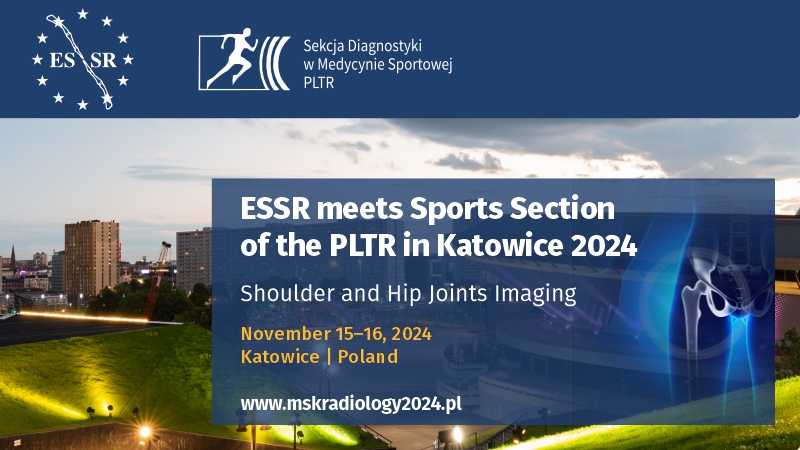The feasibility of using high-resolution ultrasonography to assess ulnar nerve in patients with diabetes mellitus
Jun Chen1,2, Chun-Lei Wang1, Shan Wu1, Shan He1, Jun Ren3
 Affiliation and address for correspondence
Affiliation and address for correspondenceObjective: The aim of this study was to investigate the usefulness of high-resolution ultrasonography for the diagnosis of polyneuropathy in diabetes mellitus patients by the examination of the ulnar nerves. Method: We recruited 100 healthy age-matched volunteers (50 women and 50 men) with 200 arms without diabetes or cubital tunnel syndrome as the control group. We assessed the upper limbs of 100 diabetes mellitus patients (45 women and 55 men), 40 of whom had electrophysiologically confirmed diabetic peripheral neuropathy and 60 had no diabetic peripheral neuropathy in the upper limbs. Age, sex, height and weight were recorded and the cross-sectional area of the ulnar nerve was measured at every predetermined site. Results: The cross-sectional area of the ulnar nerve was measured at six sites (mid-humerus, inlet of the cubital tunnel, outlet of the cubital tunnel, upon the medial epicondyle, 6 cm upon the wrist crease and Guyon tunnel). The ulnar nerve in two measuring sites (mid-humerus, upon the medial epicondyle) in the control group showed a statistical difference between men and women (p < 0.05). There was no statistical difference in the cross-sectional area in the control group when dominant and non-dominant arms were compared. The cross-sectional area was larger in the diabetic peripheral neuropathy group in three sites (inlet of the cubital tunnel, outlet of the cubital tunnel, Guyon tunnel) compared with those in the control group. Conclusion: High-resolution ultrasonography may be helpful in the early diagnosis of peripheral neuropathy in diabetic patients.







